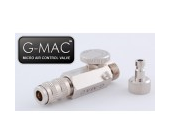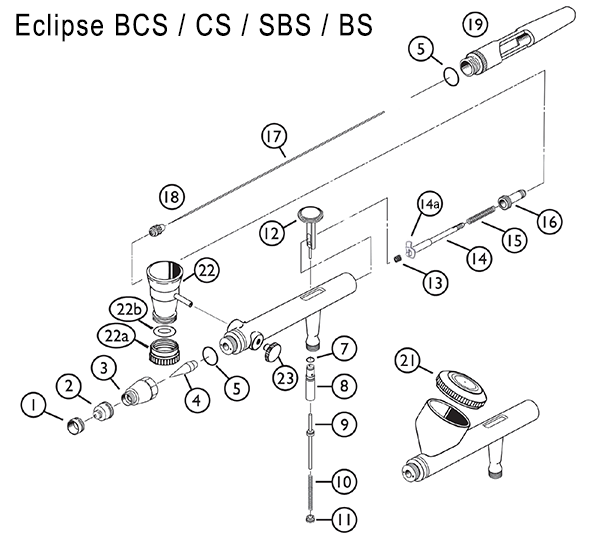I think we were all a little guilty of 'how hard can it be?'Haha! Fair enough. I'm sure Don does have years and years of experience. I can tell after one attempt that the learning curve is much steeper than I ever anticipated!
I think pressure is one of my issues. The regulator on my air compressor won't go much below 40 psi and I'm not sure why. Even with it all the way open it still sits around 40 psi.
You need to get your pressure lower if you're wanting to do art works. When you look at a new compressor it absolutely has to have a tank or it will run hot and burn out.
Also look at an external quick disconnect attachment (QD Mac valve) it will allow you to lower the pressure that bit more without running over to the compressor each time





